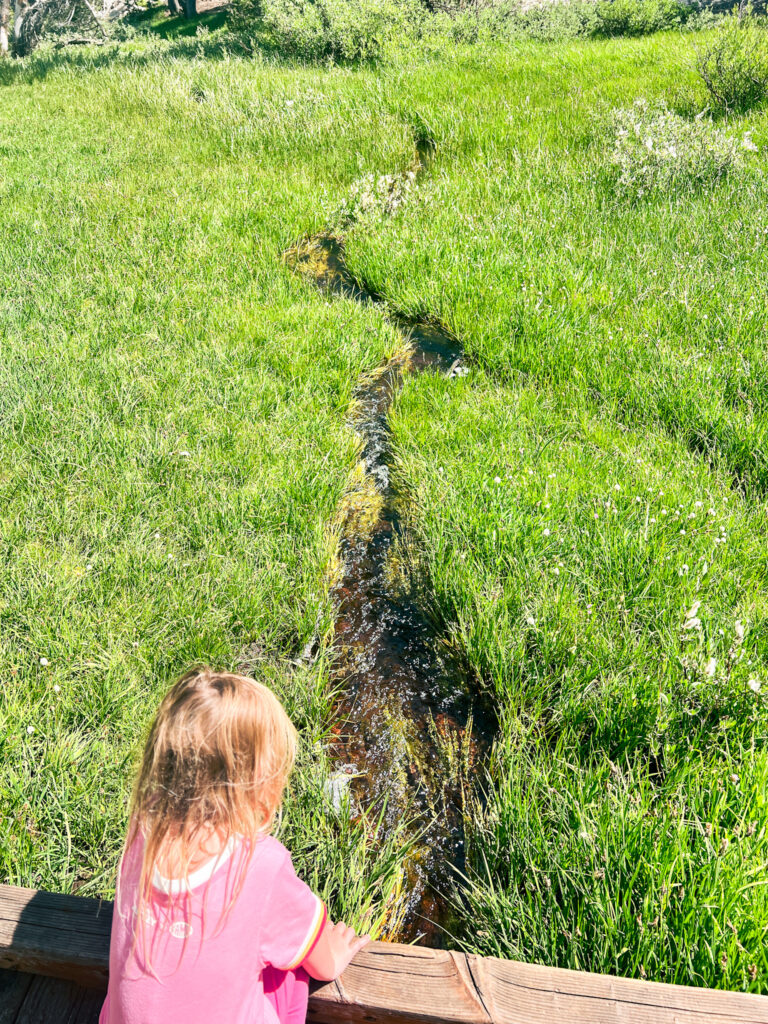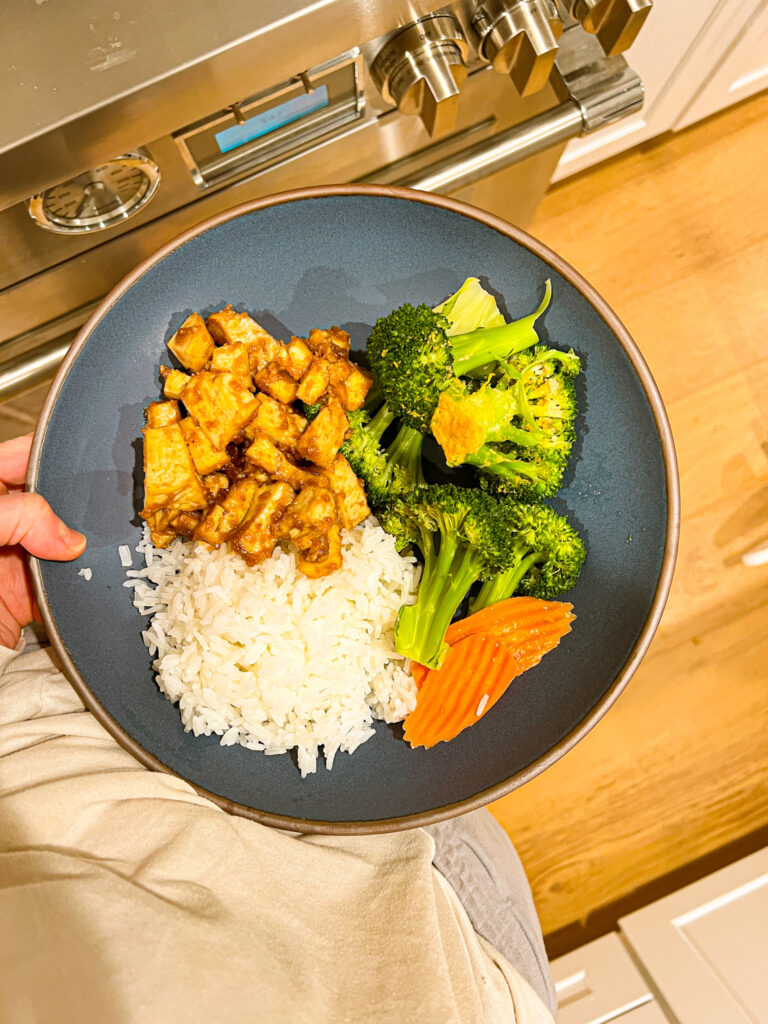
Milky golden caramel color.
Drifting particles of green and yellow, like sand sifting through a sloshing sea.
Real Apple Juice.
It's not clear or shiny. It's matte.
It doesn't catch the sunlight like a clear glass of water.
It's opaque.
Like the deep sea or a river bed.
It's not perfectly bronze colored with a tinge of pretty red.
It's not even that pretty at all.
It's musty. It's soggy. It's hearty to swig.
I sip and it's like biting into a juicy apple.
The juice runs down my throat,
The dry sweetness gives me a burst of zestful energy.
Tart. Sweet. Nourishing.
Real Apple Juice is alive and well - if you know where to find it.
I Hate Apple Juice. All my life I've said that I hate apple juice. I hate the taste. I hate the color. I hate the silky clear texture and sting of the too-sweet aftertaste. But guess what. I wasn't drinking real apple juice. I was drinking processed apple flavored extract - or even apple water (my unofficial title for it.) Real apple juice is made from crushed, squished and squashed perfectly ripe apples. And the best juice comes from familiar hands. And I know where to find it...
Where Did Your Juice Come From? There are some things that, to me, are priceless. Like knowing where my food comes from, how fresh it is and whose hands picked it from its tree. Lately, the world of food has become downright scary, confusing and political. It's a spider web of words, labels and warnings, made to inform and ultimately concern you: GMO's. Pesticides. BPA. Factory Farms. FDA. Recall. Farmer's Market. Organic. Non-Organic. Free Range. Gluten. Soy. Local. Farmed. Dairy. Downed. Natural. Fresh. Vegan. PETA. Expiration Date. Processed. Trans Fat. Fast Food. Green. Healthy. Toxic.
One Word: Disconnected.
My Soap Box. I'm not alone in my belief that the tragedy of today's modern diet is the disconnect between ourselves and the food we eat. Knowledge is power. We all strive to live a healthy life, in a healthy environment. And eating well and being kind to our planet is essential to that. Ignoring the full life cycle of our food is irresponsible and foolish. Food brings us life, helps us grow, inspires us, comforts us, feeds our children and creates our landscapes. And food has an origin. That origin brings truth. No veils. No propaganda. No latched gates. No secrecy. But eating true is a constant challenge. Truth in food is, well, fuzzy. I wish I could grow my own apples and pluck them from the branches myself. But since I don't - at least I can know where my tall glass of fresh apple juice comes from - my kitchen.
So back to the apple juice...
Pop Quiz: How can you tell if it's fresh pressed juice?
Answer: the foam.
Apple Cider. The closest thing to real apple juice on the market today is apple cider. Real apple cider. The kind that come from a local apple orchard farm. They crush the apples whole and the end result is an opaque brown liquid that is pure apple flavor. Seeds. Stem. Core. Skin. Flesh. But even the local farms don't always have the best apple juice in town. Who does? You.
Making Fresh Apple Juice. If you don't own a juicer. Buy one. Really. It will change your life. You'll cringe at the sight of processed, shelf-stable, made-from-concentrate juices. And even the expensive from-fresh-fruit 'earthy-branded' juices that have been sitting in the store for only a day or two will seem pedestrian to you. There is nothing better than fresh juiced juice. Apple juice. Orange juice. Ginger Pear juice. Cucumber juice. Green juice. Pomegranate juice. Strawberry kiwi juice. Pineapple juice. Cantaloupe juice. Peach juice. Grape juice. Made at home. By you. In just a few minutes. Why not start by juicing some apples. Fresh Apple Juice will change your taste buds forever.
But you do need a juicer. Even an inexpensive one will do. Although the 'better' juicers are usually more expensive. Juicers 101 Guide here. Not convinced? Maybe your wallet will be...
Juicing Economics. Everyone's shopping situation is different. Maybe you live next door to an orchard and get fresh apple cider for $5 a gallon. Or maybe you have a swanky little juice bar at the corner of your street, and you gladly get a fresh pressed juice there every other day. Maybe it only costs you a few bucks. And that's a grand situation for you. But for most people, fresh juice. Real juice is hard to come by. And for me, it was really kinda expensive. After doing the cost breakdown: if I bought 50 ounces of juice every 2 weeks, I'd be spending about 1K a year. (This is for the highest quality juice at 75 cents/ounce or about $6 per serving of juice.) Making that same high quality juice at home would save me $500-$900 per year. My calculations are below.
How Much Juice Does ½ Peck of Apples Give You? I juiced a half a peck of Honeycrisp apples and about 1 tablespoon of fresh ginger, plus one lemon. I got about 50 ounces of juice.
I also only got about 2 cups of dry pulp. Kudos to my Super Angel juicer:
Gourmet Juice=$$. Before I bought my juicer, I was obsessed with shopping at juice joints in NYC for their perfectly fresh juices, tonics and smoothies. But trust me, they are not cheap. $6 for 8 oz is the lower end of the price scale. But the juice was so amazingly delicious, I bought it. So don't get me wrong, fresh-pressed juices are totally worth the price - especially if you don't juice at home. But I knew for me, I could find a less expensive, equally healthy alternative. So I bought a juicer. At home juicing was my answer.
Though, I'll admit to still frequenting fancy juice bars for their snacks, juices and raw food. They serve delicious fresh juice - from a familiar hand. And there are amazing juice bars all over the globe. High quality ingredients, high quality staff and an overall enjoyable 'eat n drink' experience. But the downfall is that they charge a (well-deserved) pretty penny for their delicious, premium and irresistibly healthy offerings. So juicing at home gives my pocketbook a breather.
Saving Money. So how much juice can I get out of one half peck of Honeycrisp apples? 50 ounces. And how much would I have to pay for that juice in a store? Almost 40 bucks. And how much money would I save if I made my own juice? See below...
½ peck of apples = about 8 large Honeycrisp apples
Cost of ½ peck premium apples at local orchard = $8-$13
*mine cost $10, will use this figure
½ peck = about 5 pounds of apples
Juice produced from 1 peck = 50 ounces (Super Angel juicer)
Juice price per ounce at premium juice store= $.75
Price for 50 oz. at store = $37.50
Price for 50 oz. at home = $10*
*you should also factor in my previous investment in a high quality juicer...
Lets say you drink 25 oz. apple juice per week, 50 oz. per two weeks. You'd spend:
Per Year at Home = $260
Per Year at Store = $975
If you bought 50 oz every 2 weeks a year, you'd save: $715 per year.
The Clincher...I did this experiment using Honeycrisp apples, which are just about the most expensive apples you can buy. Just imagine if I had only spent, say, $5 on my ½ peck of apples, a common price. That would only cost me $130 a year. Plus I'd save $845 a year.
I can crunch numbers, facts, figures and discuss economics - that might get your attention - but the real lesson here is about the origin of the food we eat. Where did your apple juice come from? A factory? Or your kitchen?
I'll say it again. The tragedy of today's modern diet is the disconnect between ourselves and the food we eat. Connect. Step One: Fresh Apple Juice?




















